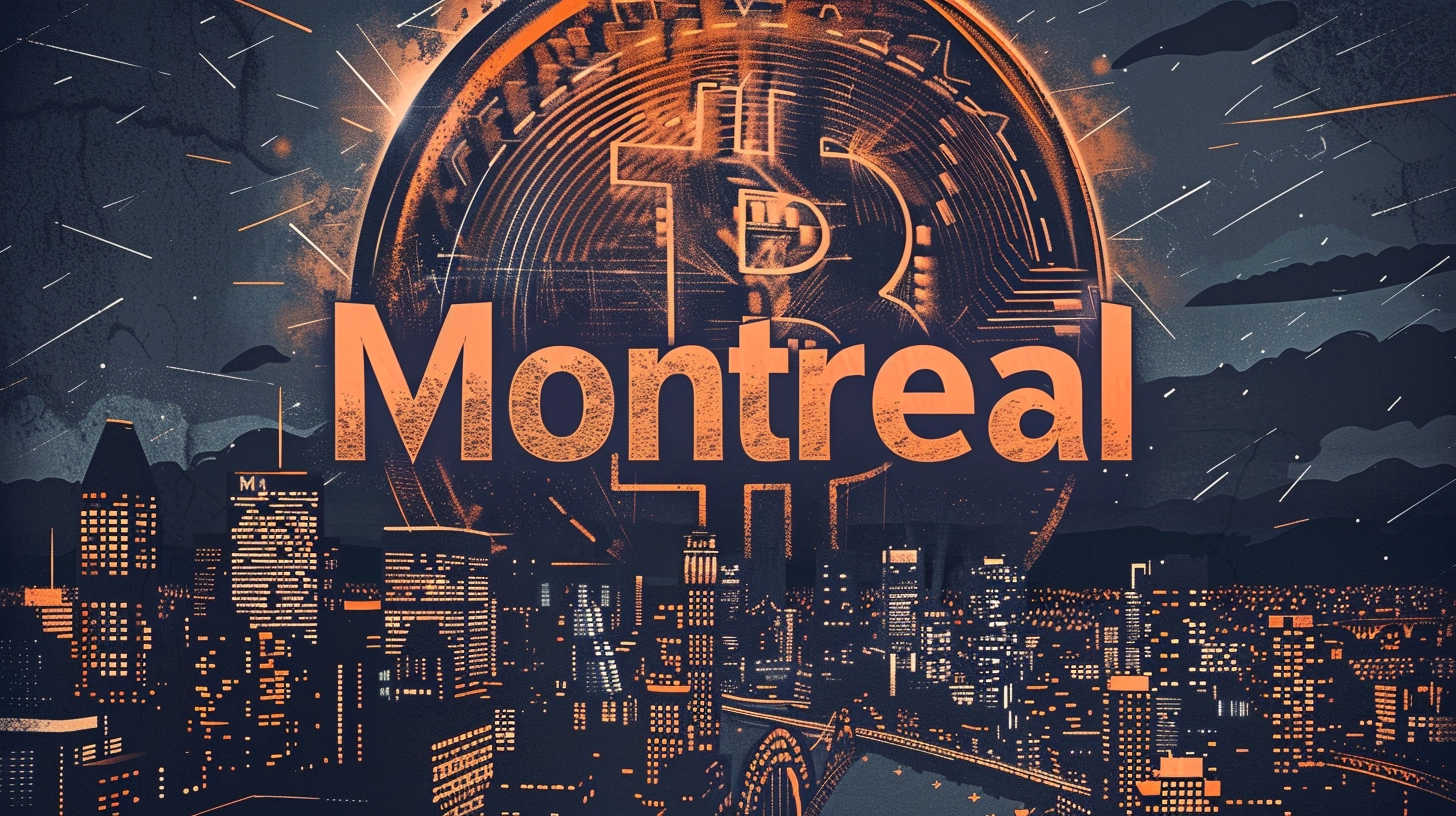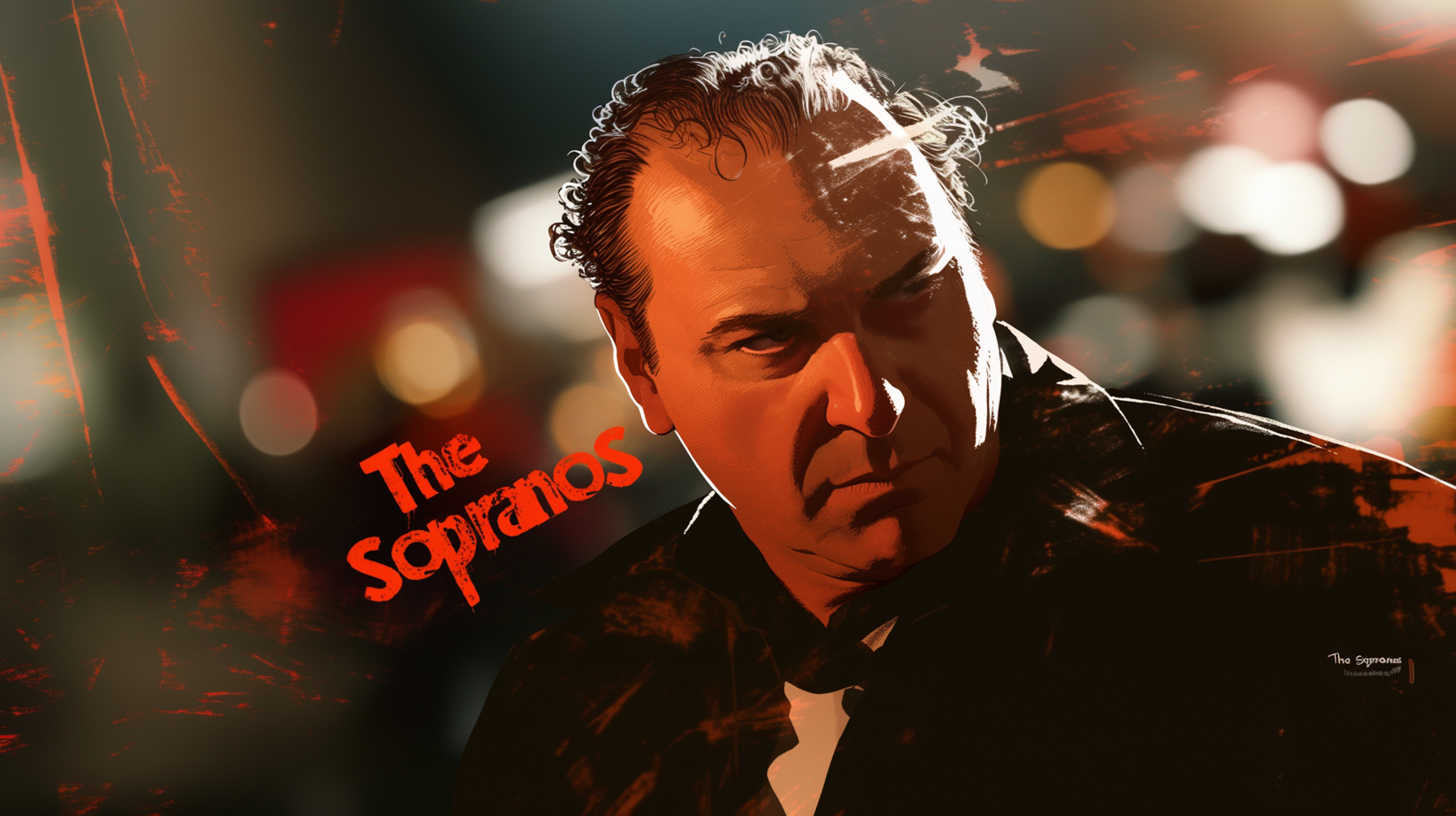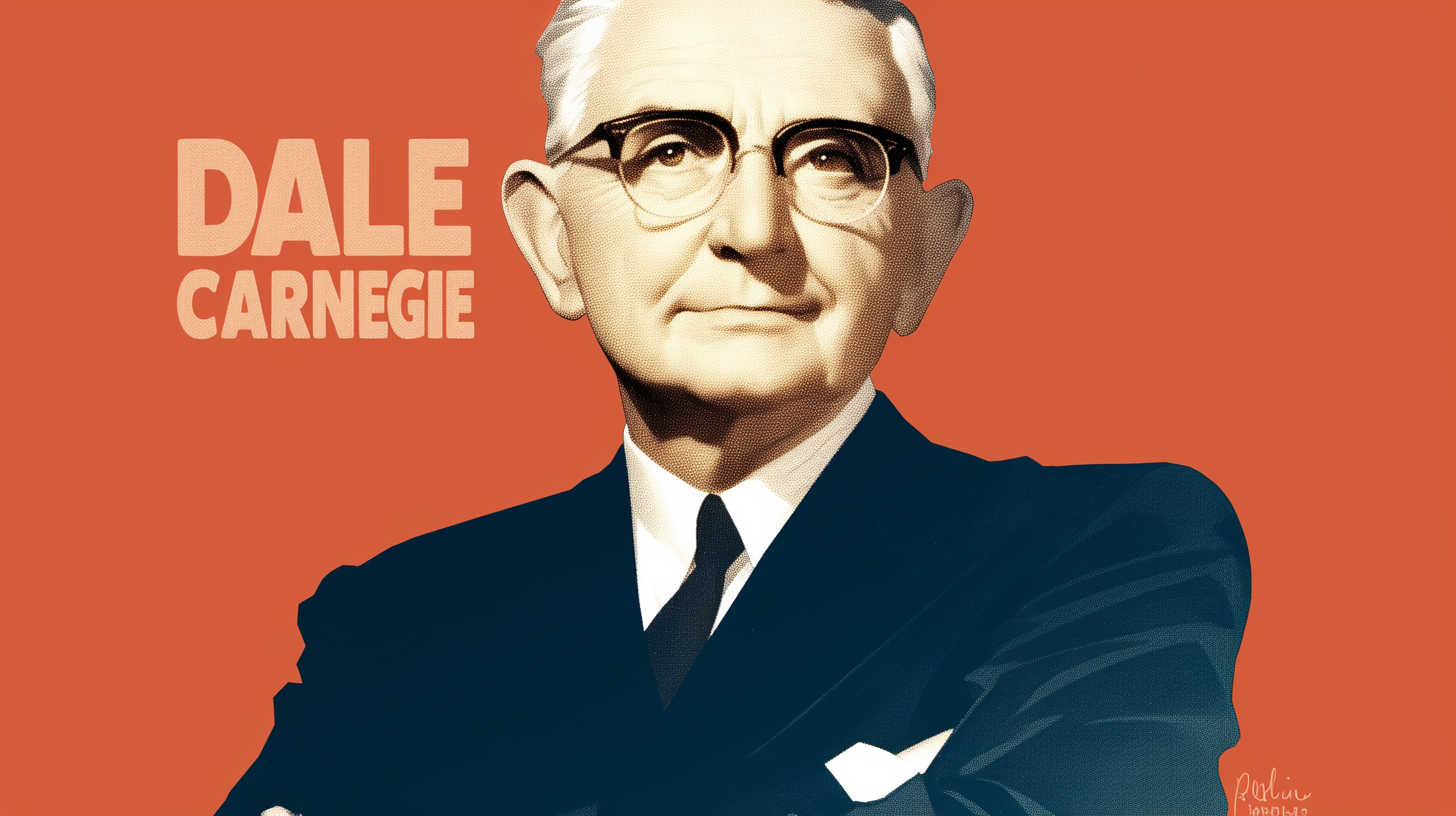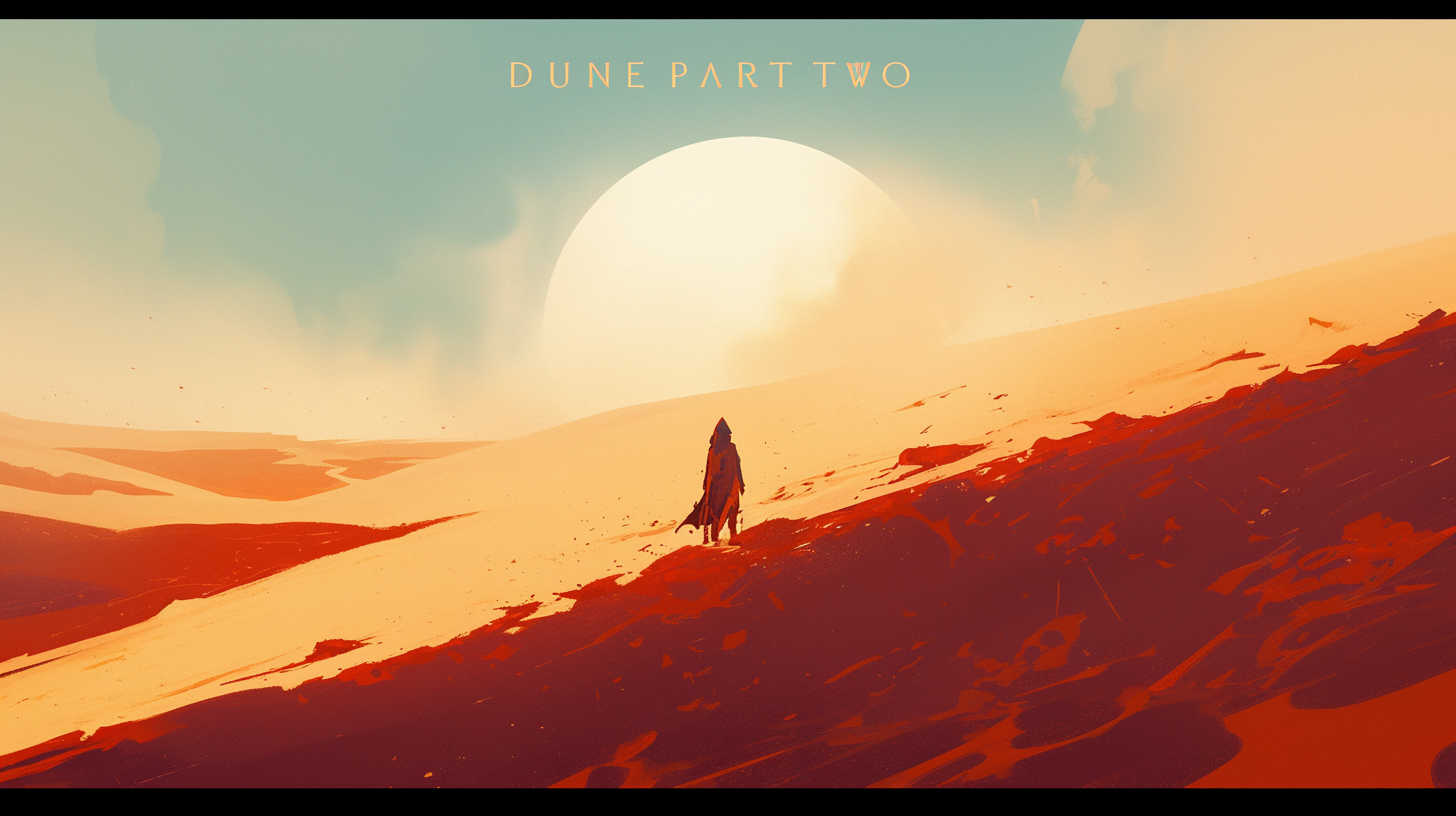· 5 min read
"The Most Important Man Who Ever Lived"--Says Oscar Winning Writer & Director
Oppenheimer is Christopher Nolan's best movie yet. Own it on 4K Ultra HD Digital Code plus the groundbreaking screenplay.
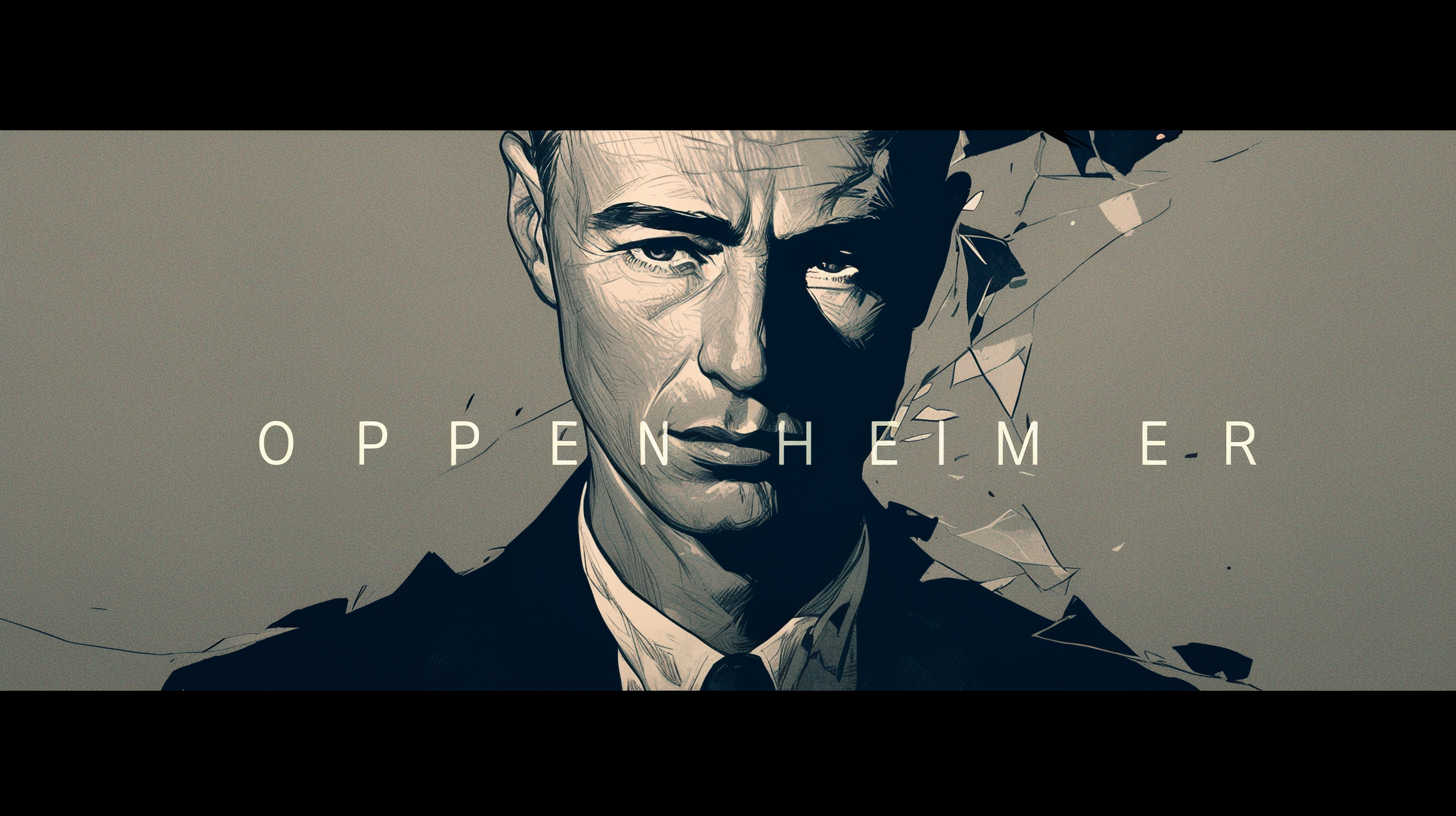
Dear Friend:
In the lead up to the Trinity Test (1945), the leading scientists and nuclear physicists on the Manhatton project had a troubling realization.
Specifically, there was a small possibility that when they pressed the button to detonate the first atomic weapon, they would create an unstoppable chain reaction by setting fire to the atmosphere—destryoing the entire planet!
Oppenheimer and General Groves discuss this possibility in the scene below:
Perhaps you’re wondering why J. Robert Oppenheimer is considered the most important man who ever lived.
During an interview, Christopher Nolan elaborated on why he thought so:
In Hollywood, we’re not afraid of a little hype. Do I genuinely believe it? Absolutely. Because if my worst fears are true, he’ll be the man who destroyed the world. Who’s more important than that?
Films like these don’t end when the credits start rolling. It sticks with you long after. It sets your imagination on fire, and gets you thinking deep thoughts about the nature of the universe—such as how humans can harness the very energy of the sun!
The Event That Changed The World Forever
Do you remember the scene when the first atomic weapon was detonated?
Christopher Nolan is known for using as little special effects as possible. This means no green screens, no CGI.
So, did they actually detonate an actual nuclear weapon? Not quite. But they did create an explosion and maade it look much bigger than it actually using their special IMAX cameras.
Custom lenses had to be built for the scenes of sub-atomic particles: a wide-angle microscope IMAX, a lens that had never been built before.
But this wasn’t the only ground-breaking technology in the film.
The cameraman, Hoyte van Hoytema, shot on 65mm black-and-white stock, a feature film first. It was invented specifically for the sequences involving Lewis Strauss, the main antagonist of the movie who wants to see Oppenheimer charged with treason.
Oppenheimer is not your typical IMAX picture. Usually you would associate IMAX with large wide-screen cinematic experiences. While that is still true in Oppenheimer, Christopher Nolan gets up-close and personal.
You feel the tension, the anxiety and fear that Cilian Murphy so expertly portrays on screen. He takes you inside the mind of the man who gave humanity the power to destroy themselves.
Anxiety level: 9000.
And you participate in the story, not only observe.
It was made for the biggest screen possible. But unless you have a literal theatre in your home, the next best thing is 4K Ultra HD.
To experience again this heart-racing, hugely-impactful, world changing event is only achieved with the highest quality viewing possible.
Why Ownership Matters
There is something special about physical editions of a cherished movie. There is a deeper emotional connection, a sentimental value.
More importantly, with a physical copy, you OWN it. No streaming service company can take it from you. And you don’t need to be connected to the internet at all times just to watch it.
What most people don’t realize about streaming services is the amount of compression that goes into making large movies accessible over the Internet.
While 4k Ultra HD can have a bitrate of up to 128Mbps, the streaming services barely have 20–25Mbps. Which means it has over 4 Times less space per second/per frame/per pixel.
And IMAX has a resolution of 18K-the highest resolution possible on film. And the closest you can get to it is 4K.
If you were to compare the streaming version with the 4K Ultra HD version side-by-side, the difference is quite noticeable.
Use the paid links below to grab your copy of Oppenheimer and have it delivered right to your door.
It contains over 3 hours of special features that dive deeper into how the movie was made. Such as:
“The Story of Our TIme: The Making of Oppenhelmer”: A 70+ minute Immersive plece showcases exclusive behind-the-scenes footage and extensive intervlews with cast and crew.
”To End All War: Oppenhelmer and the Atomic Bomb”: the NBC News companion documentary,
“Trinity Anniversary Panel Discussion”: Featuring a panel moderated by Emmy-winning Journalist Chuck Todd, with Christopher Nolan; Nobel Prize winner Dr. Kip Throne; world-renowned physicist Dr. Carlo Rovelll; Dr. Thom Mason, director of the Los Alamos National Laboratory; and Kal Bird, the Pulltzer Prize-winning co-author of American Prometheus: The Trumph and Tragedy of J. Robert Oppenhelmer, on which the flim is based, and more.
But if for any reason you don’t want it anymore or the package is damaged, simply return it within 30 days and you get your full money back (or a replacement).
When Oppenheimer was asked about the pivotal moment of the successful detonation, he quoted the following line from the Bhagavid Gita:
Now I am become death, the destroyer of worlds.
It is a chilling quote because we all live in the world created by J. Robert Oppenheimer. And the stakes have never been higher as nations continue to quarrel (i.e. The Middle East and Easter Europe being two prime examples).
The story of Oppenheimer is still relevant today, perhaps even more so as nuclear proliferation (which Christopher Nolan hinted at in the movie) has created a more dangerous world.
Yours truly, 
P.S. Christopher Nolan is fond of breaking rules and in Oppenheimer he did just that. He wrote the screenplay in the first person—a highly unusual approach but one that fits the scope and inner turmoil of the main character.
If you’re interested in reading the ground-breaking screenplay, use these links below to grab a copy and have it delivered right to your doorstep. Same 30-day guarantee applies.


